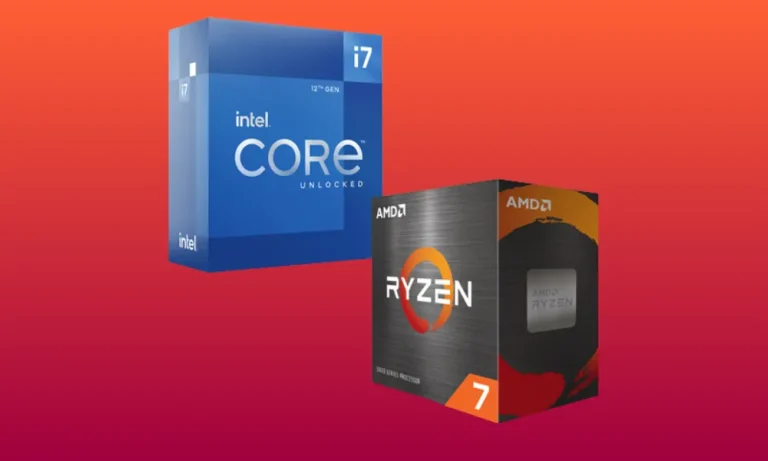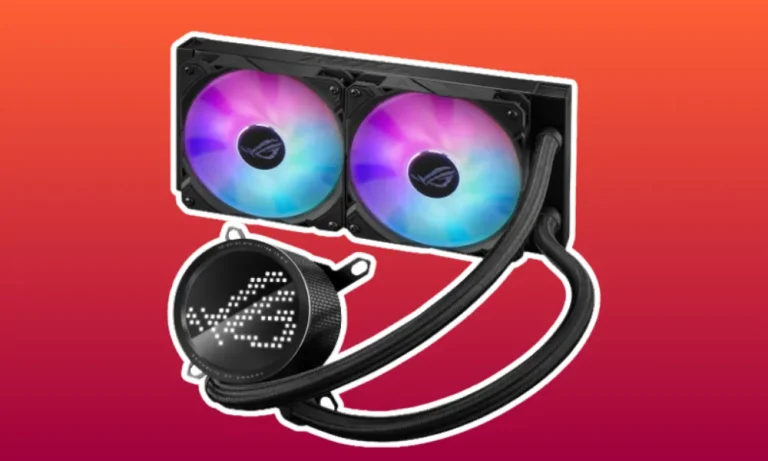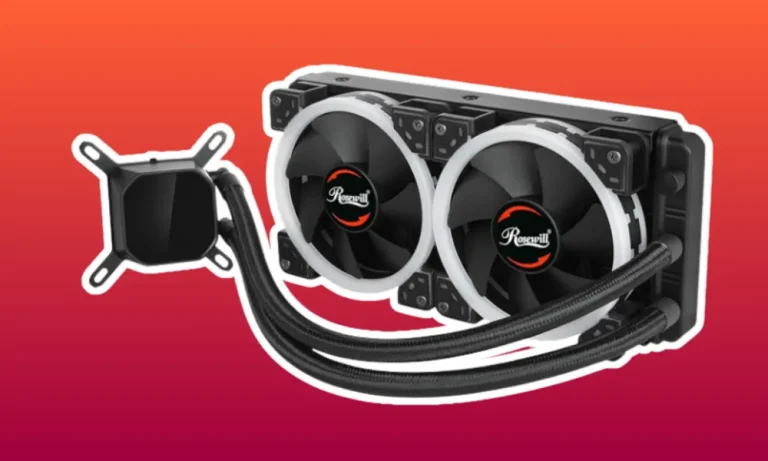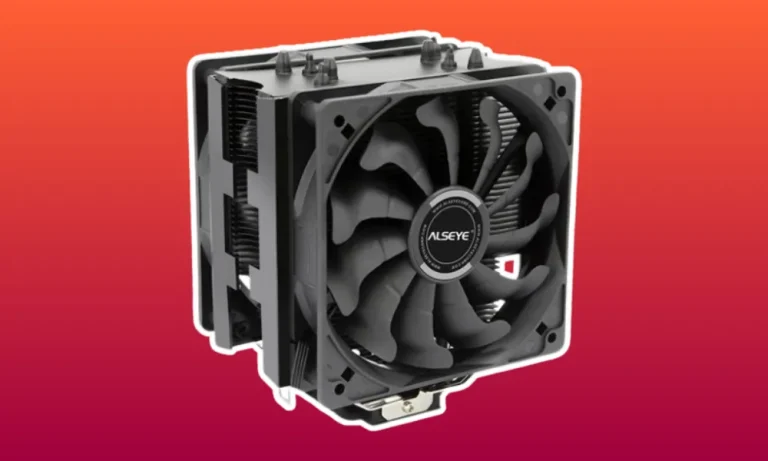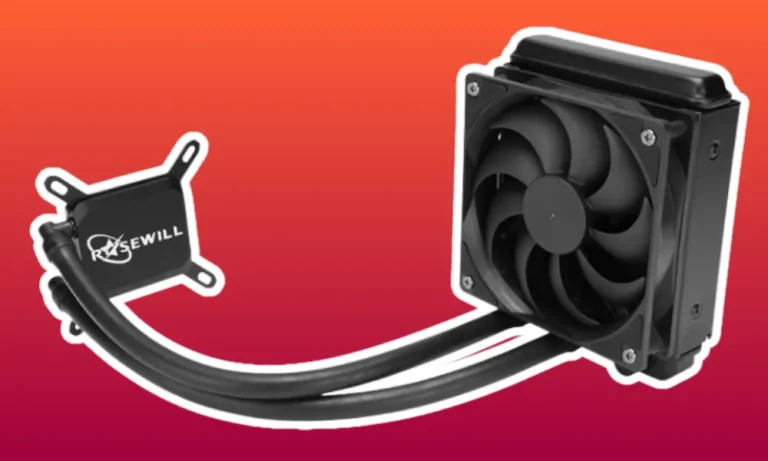How Long Can You Run a CPU Without a Heatsink?
Are you curious about how long you can push your CPU without a heatsink? Well, let’s dive into the fascinating world of CPU cooling! Whether you’re a tech enthusiast or a casual computer user, understanding the impact of a heatsink on your CPU’s lifespan is crucial.
In this blog post, we’ll explore the risks, limitations, and potential hazards of running a CPU without proper cooling. So, grab a seat and let’s unravel the secrets of CPU heat management together!
Understanding CPU Heat
Heat is an inevitable byproduct of a CPU’s operation. As your computer carries out complex tasks, the electrical signals passing through the CPU generate heat.
Understanding how this heat is generated and managed is essential for maintaining optimal performance and extending the lifespan of your CPU.
How CPUs Generate Heat
During operation, your CPU’s transistors switch on and off billions of times per second. This rapid switching generates electrical resistance, which in turn produces heat.
The more intense the computational workload, the more heat the CPU generates. This is why resource-intensive tasks like gaming and video editing can push your CPU to its limits.
Importance of Heat Dissipation
Effective heat dissipation is crucial for both CPU performance and longevity. When your CPU overheats, it can lead to reduced performance, system instability, and even permanent damage.
Heat causes the internal components to expand, which can lead to solder joint failures or even the melting of delicate circuitry.
Thermal Throttling and Shutdown Mechanisms
To prevent catastrophic overheating, modern CPUs are equipped with thermal throttling and shutdown mechanisms.
When the CPU reaches a certain temperature threshold, it automatically reduces its clock speed to generate less heat. If the temperature continues to rise, the CPU will eventually shut down to protect itself from damage.
The Role of a Heatsink
When it comes to keeping your CPU cool, the humble heatsink plays a vital role.
Purpose and Functioning of a Heatsink
A heatsink is a passive cooling device that absorbs and disperses the heat generated by your CPU. It consists of a metal structure with fins that increase the surface area for heat dissipation.
The primary purpose of a heatsink is to transfer the heat away from the CPU and into the surrounding air.
Introduction to Heat Pipes and Heat Spreaders
To enhance heat transfer efficiency, many modern heatsinks incorporate heat pipes and heat spreaders.
Heat pipes are hollow tubes filled with a working fluid that vaporizes at the hot end and condenses at the cool end, effectively transferring heat away from the CPU.
Heat spreaders, on the other hand, are flat plates made of highly conductive materials that evenly distribute the heat across the heatsink’s surface.
Importance of Thermal Conductivity and Surface Area
Thermal conductivity is a crucial factor in a heatsink’s effectiveness. Materials with high thermal conductivity, such as copper or aluminum, facilitate efficient heat transfer.
Additionally, a larger surface area allows for greater heat dissipation, enabling the heatsink to cool the CPU more effectively.
The Effects of Running a CPU Without a Heatsink
Running a CPU without a heatsink can have immediate and long-term consequences that can negatively impact your computer’s performance and reliability.
Immediate Consequences
Without a heatsink, your CPU can quickly overheat. As the temperature rises, the CPU’s performance may suffer due to thermal throttling. This means that the CPU will automatically reduce its clock speed to generate less heat, resulting in slower processing speeds and decreased overall performance.
Additionally, overheating can lead to system instability, causing frequent crashes or unexpected shutdowns.
Potential Overheating and Thermal Damage
Continued operation of a CPU without a heatsink can lead to severe overheating. Excessive heat can damage sensitive components, such as the CPU itself or the motherboard.
Over time, the heat can cause solder joints to weaken or even melt, leading to permanent damage that may require costly repairs or component replacements.
Reduced Performance and Potential System Instability
A CPU operating without proper cooling can experience reduced performance in the long term. Constant exposure to high temperatures can degrade the CPU’s overall lifespan, causing it to become less efficient over time.
Additionally, the increased heat can affect other system components, such as the RAM or graphics card, leading to potential system instability and reduced overall reliability.
Factors Influencing CPU Heat Management
Managing CPU heat is essential for maintaining optimal performance and longevity. Several factors can influence the temperature of your CPU.
Factors Affecting CPU Temperature
The primary factor affecting CPU temperature is its power consumption. CPUs with higher power consumption generate more heat.
Additionally, the workload on the CPU, such as running demanding applications or performing complex tasks, can increase heat production.
CPU Power Consumption and Overclocking
Overclocking, the process of running a CPU at a higher clock speed than its default settings, can significantly increase power consumption and heat generation.
While overclocking can boost performance, it also puts a greater strain on the CPU, requiring more effective cooling solutions.
Importance of Ambient Temperature and Case Airflow
The ambient temperature of the environment where your computer operates plays a crucial role in CPU heat management.
If the room temperature is high, the CPU will have a harder time dissipating heat, leading to increased temperatures. It is important to keep your computer in a well-ventilated area with adequate airflow.
Proper case airflow is also vital for effective CPU heat management. A well-designed computer case with strategically placed fans can help expel hot air and draw in cool air, maintaining lower CPU temperatures.
Duration Limitations Without a Heatsink
Operating a CPU without a heatsink can lead to duration limitations due to the risk of overheating.
It is crucial to understand the various scenarios and factors that can impact the duration of running a CPU without proper cooling.
Analysis of Various Scenarios and Factors
The duration for which a CPU can run without a heatsink depends on several factors, including the CPU model and its power dissipation.
CPUs with higher power dissipation generate more heat, making them more prone to overheating when operated without a heatsink.
CPU Model and Power Dissipation
Different CPU models have varying power dissipation characteristics. CPUs designed for higher performance often have higher power dissipation, meaning they generate more heat. These CPUs are more susceptible to overheating if not adequately cooled.
Critical Temperature Threshold
Every CPU has a critical temperature threshold, beyond which it can suffer permanent damage. Operating a CPU without a heatsink increases the risk of surpassing this critical threshold, potentially causing irreversible harm to the CPU.
The duration for which a CPU can run without a heatsink before reaching the critical temperature threshold depends on factors such as workload intensity, ambient temperature, and case airflow.
Higher workloads and higher ambient temperatures can accelerate heat buildup, reducing the time before the critical threshold is reached.
FAQs: How long can you run a CPU without a heatsink?
Can I run my CPU without a heatsink for a short period of time?
It is not recommended to run a CPU without a heatsink, even for a short period of time, as temperatures can quickly rise to dangerous levels.
Will my CPU be damaged if I run it without a heatsink?
Yes, running a CPU without a heatsink can lead to thermal throttling, performance degradation, and potentially permanent damage to the CPU.
Can I use my CPU without a heatsink if I have sufficient airflow in my system?
While sufficient airflow can help dissipate some heat, a heatsink is still essential for efficient heat transfer and maintaining safe operating temperatures.
How long does it take for a CPU to overheat without a heatsink?
Without a heatsink, a CPU can overheat within a matter of minutes, especially under heavy workloads or in environments with high ambient temperatures.
Can alternative cooling methods replace a heatsink for a CPU?
Alternative cooling methods like liquid cooling or fans can provide enhanced cooling performance, but a heatsink is still necessary for efficient heat dissipation from the CPU.
Conclusion
running a CPU without a heatsink is a risky proposition. Even within a few minutes, the CPU temperature can skyrocket, leading to thermal throttling, performance degradation, and potentially permanent damage.
To ensure the longevity and optimal performance of your CPU, it is crucial to prioritize proper cooling solutions and avoid running it without a heatsink.

